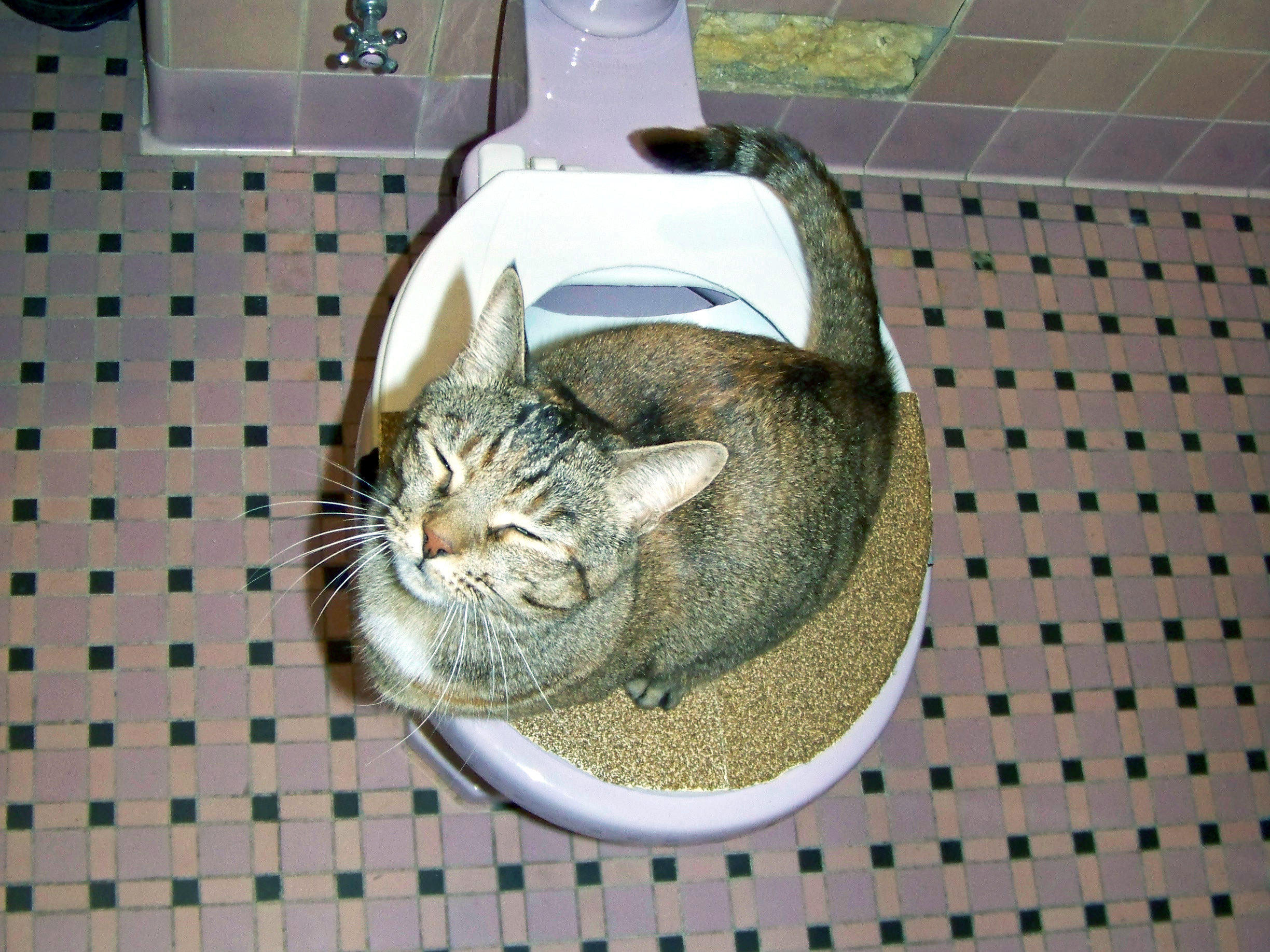What're your insights and beliefs about Don’t flush cat feces down the toilet?

Introduction
As feline proprietors, it's necessary to bear in mind how we throw away our feline buddies' waste. While it might appear hassle-free to flush cat poop down the bathroom, this practice can have destructive effects for both the environment and human wellness.
Environmental Impact
Purging pet cat poop presents unsafe virus and bloodsuckers into the water supply, positioning a considerable risk to aquatic ecosystems. These contaminants can negatively impact marine life and concession water quality.
Health and wellness Risks
In addition to environmental worries, purging pet cat waste can additionally posture wellness threats to human beings. Feline feces might consist of Toxoplasma gondii, a parasite that can cause toxoplasmosis-- a potentially severe ailment, specifically for expecting ladies and individuals with damaged body immune systems.
Alternatives to Flushing
Fortunately, there are safer and much more liable means to throw away feline poop. Consider the adhering to choices:
1. Scoop and Dispose in Trash
The most typical technique of taking care of feline poop is to scoop it into a biodegradable bag and toss it in the garbage. Be sure to make use of a specialized trash scoop and deal with the waste promptly.
2. Use Biodegradable Litter
Go with eco-friendly pet cat trash made from products such as corn or wheat. These litters are eco-friendly and can be securely thrown away in the trash.
3. Hide in the Yard
If you have a lawn, consider burying pet cat waste in a marked area far from vegetable yards and water sources. Make sure to dig deep enough to avoid contamination of groundwater.
4. Install a Pet Waste Disposal System
Buy a pet dog waste disposal system especially made for feline waste. These systems make use of enzymes to break down the waste, lowering odor and environmental influence.
Final thought
Accountable animal possession expands past offering food and sanctuary-- it additionally involves appropriate waste administration. By refraining from flushing cat poop down the toilet and going with different disposal methods, we can lessen our environmental footprint and safeguard human health and wellness.
Why Can’t I Flush Cat Poop?
It Spreads a Parasite
Cats are frequently infected with a parasite called toxoplasma gondii. The parasite causes an infection called toxoplasmosis. It is usually harmless to cats. The parasite only uses cat poop as a host for its eggs. Otherwise, the cat’s immune system usually keeps the infection at low enough levels to maintain its own health. But it does not stop the develop of eggs. These eggs are tiny and surprisingly tough. They may survive for a year before they begin to grow. But that’s the problem.
Our wastewater system is not designed to deal with toxoplasmosis eggs. Instead, most eggs will flush from your toilet into sewers and wastewater management plants. After the sewage is treated for many other harmful things in it, it is typically released into local rivers, lakes, or oceans. Here, the toxoplasmosis eggs can find new hosts, including starfish, crabs, otters, and many other wildlife. For many, this is a significant risk to their health. Toxoplasmosis can also end up infecting water sources that are important for agriculture, which means our deer, pigs, and sheep can get infected too.
Is There Risk to Humans?
There can be a risk to human life from flushing cat poop down the toilet. If you do so, the parasites from your cat’s poop can end up in shellfish, game animals, or livestock. If this meat is then served raw or undercooked, the people who eat it can get sick.
In fact, according to the CDC, 40 million people in the United States are infected with toxoplasma gondii. They get it from exposure to infected seafood, or from some kind of cat poop contamination, like drinking from a stream that is contaminated or touching anything that has come into contact with cat poop. That includes just cleaning a cat litter box.
Most people who get infected with these parasites will not develop any symptoms. However, for pregnant women or for those with compromised immune systems, the parasite can cause severe health problems.
How to Handle Cat Poop
The best way to handle cat poop is actually to clean the box more often. The eggs that the parasite sheds will not become active until one to five days after the cat poops. That means that if you clean daily, you’re much less likely to come into direct contact with infectious eggs.
That said, always dispose of cat poop in the garbage and not down the toilet. Wash your hands before and after you clean the litter box, and bring the bag of poop right outside to your garbage bins.
https://trenchlesssolutionsusa.com/why-cant-i-flush-cat-poop/

I discovered that review about Can You Flush Cat Poo or Litter Down the Toilet? when looking around the internet. If you liked our blog entry plz don't forget to pass it around. Many thanks for your time. Please come by our website back soon.
Call Today